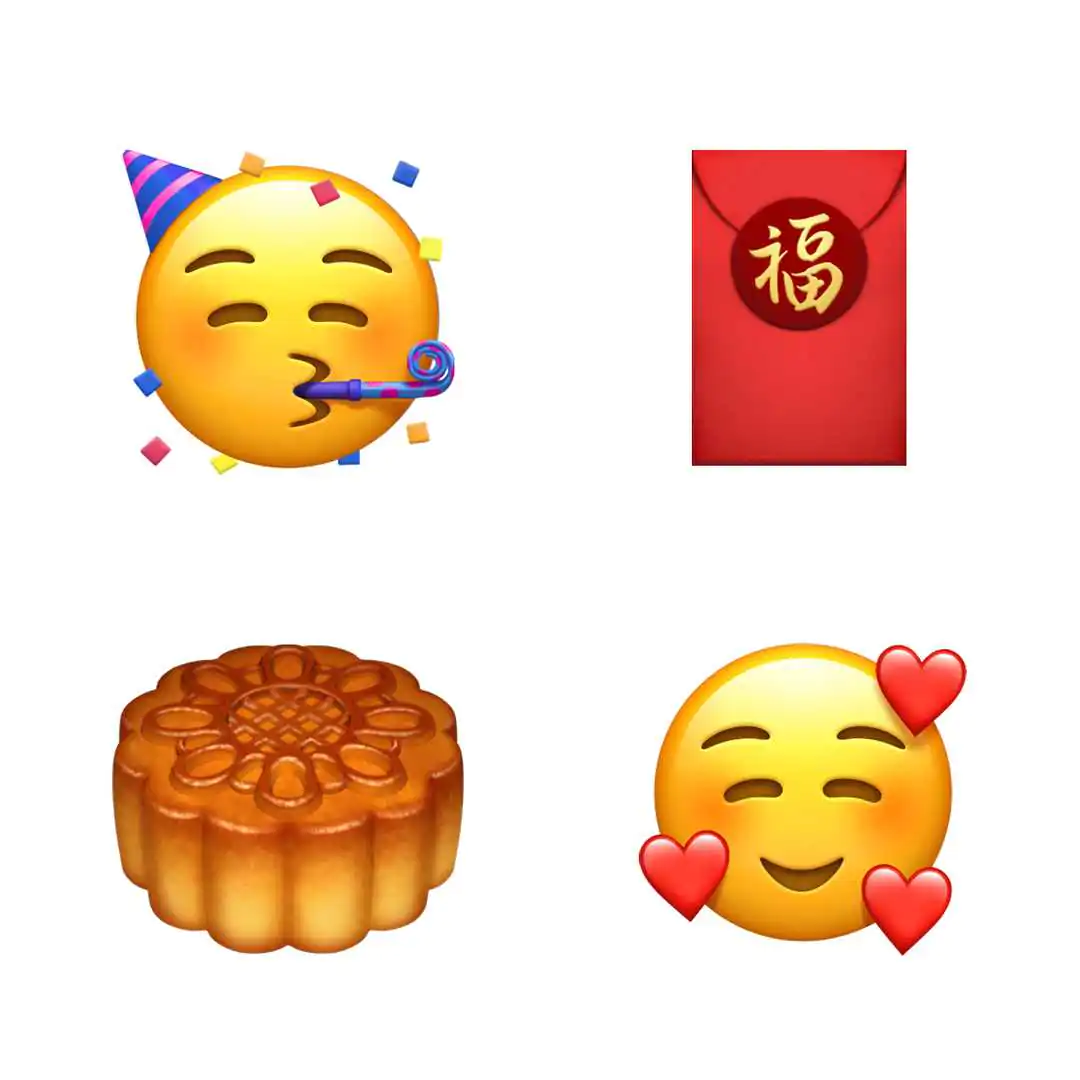In 1949, the Chinese government created simplified characters to improve literacy rates across the country. These simplified characters are now widely used in China and have become an integral part of the language.
However, with the rise of the internet and mobile technology, it seems that we are now seeing a resurgence in the use of more complex Chinese characters, as people use emojis and other forms of digital communication. This is like a full circle return to the more traditional forms of written communication, where characters were used to convey more than just words, but also emotions and expressions.
While the use of emojis and other digital symbols may seem like a departure from traditional Chinese characters, in a way, it is actually a continuation of the rich cultural history of Chinese writing. From the use of pictographs to the creation of complex characters by nobles and scholars, the Chinese language has always been characterized by creativity and adaptability.
In the end, whether we are using simplified or traditional Chinese characters, or even emojis, what is important is that we continue to find new and innovative ways to communicate with one another. The evolution of the Chinese language is a testament to the resilience and adaptability of Chinese culture, and a reminder that language is not just a tool for communication, but also a reflection of our history and identity.
